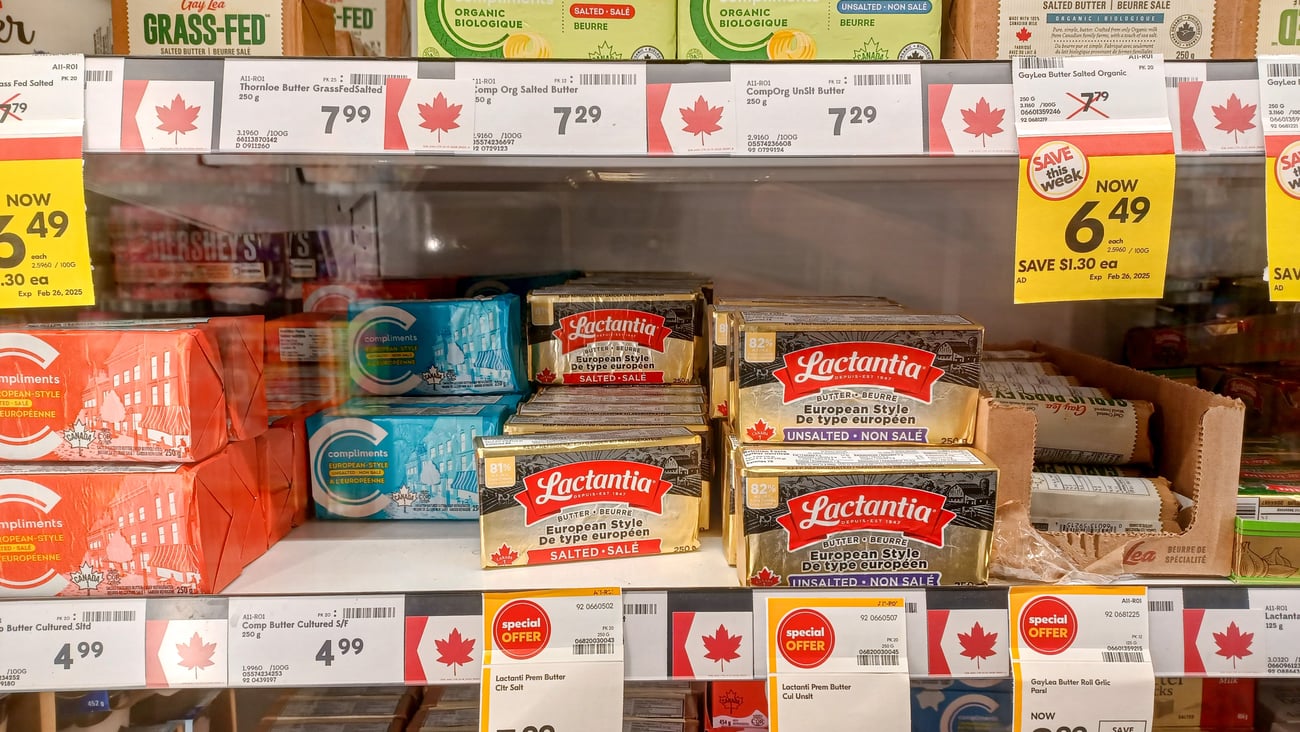How to identify trends
Being a marketer or a researcher with a consumer packaged goods company is more challenging now than ever before. It’s not that there’s not enough information available, but rather it might be argued that there’s too much! Every day, professionals in the food industry, and other industries for that matter, are bombarded with so much information that it’s impossible to take it all in.
One of the most challenging aspects of my work is looking at information and deciphering trends from fads. I take this responsibility very seriously as I recognize that business decisions are often made in part based on the information I provide. It’s easy for prognosticators and commentators to make wild claims on what the next “big thing” in food is, but when you have millions of dollars riding on an initiative, acting on insights that are grounded in fact based information is important.
Though there are no hard and fast rules to separate trends from fads, here are some guidelines that I follow when determining what a fad is and what’s a trend.
1) Was the information used to identify the trend based on reliable and sound methods, be it quantitative or qualitative? Within the quantitative realm, in which I operate, is there proper sample, and are there checks and balances to help ensure the sample is representative of the population.
2) The second question I ask is; do I understand the scale? For instance, if I see a finding that indicates “50 per cent growth”, I always ask “50 per cent growth of what?” Looking beyond the food industry, if I were to offer you 100 shares of two different stocks, the first has a 50 per cent return, and the second has a 10 percent return, you would likely choose the first stock. But what if I told you the first was valued at $10 per share, and the second at $500 per share? Your answer would most certainly change. Accounting for scale needs to be factored into determining worthwhile opportunities.
3) Trends often take time to identify themselves. While behaviour does change, it doesn’t often change overnight. Take snacking as an example. This is one of most substantial changes in how people are eating differently now vs. in the past, and is certainly an area of growth. If you looked at this from a year over year perspective, this trend might not be apparent, but taking a step back and looking over the span of a decade, the growth in snacking becomes apparent. As with scale, the perspective of time provides context in identifying true trends.
4) Finally, I like to apply what I call, “the logic test”. This guideline isn’t carved in stone, but the main premise is to use common sense. If something doesn’t seem right, it really might not be. This requires curiosity that drives you to peel back the layers of the onion, so to speak, and constantly ask “why”? This is certainly challenging, but allows for a deeper understanding of trends and insights.
If you were to ask 10 people on how to identify a true trend, you would likely get 10 different answers. Having said that, having an understanding of true trends provides grounding for fact based decisions to help grow business. So when you read about the latest fad, consider applying some of the guidelines discussed above.




